Planning a trip to Malaysia is always exciting; staying in one of the many luxury hotels in Kuala Lumpur; off to Langkawi to soak up the sunny sands; shopping; night life and the yummy food. The list doesn’t stop there. Turns out, these were some items I wasn’t planning to do on my trip to Malaysia, writes Harmeet Sehgal.
My trip to Malaysia was exploring the natural wonders of Borneo, sipping rice wine with locals, diving into their cultural ways and enjoying the laid-back life of the island. I was visiting Sarawak – the largest and perhaps the most beautiful state in Malaysia, where heritage, culture, and nature are bound together to offer the most engaging time that Malaysia has to offer.
Damaipuri
Damaipuri is a 45-minute drive from Kuching and is famous for the Sarawak Cultural Village, which is a center of attraction for its architecture, living styles, and various ethnic tribes of Sarawak. It is a re-creation of their homes, their living styles, and their beliefs, which remain prevalent in tribal areas and are passed through generations. One of the busiest visiting times is during the ‘Gawai Dayak’ festival – the rice harvest festival that is celebrated on 1st June every year. In the second week of May, Sarawak Cultural Village celebrates the World Harvest Festival, which leads up to Gawai Dayak. Cultural performances include traditional costumes and dances, blow-pipe demonstrations, and hearty local feasts.
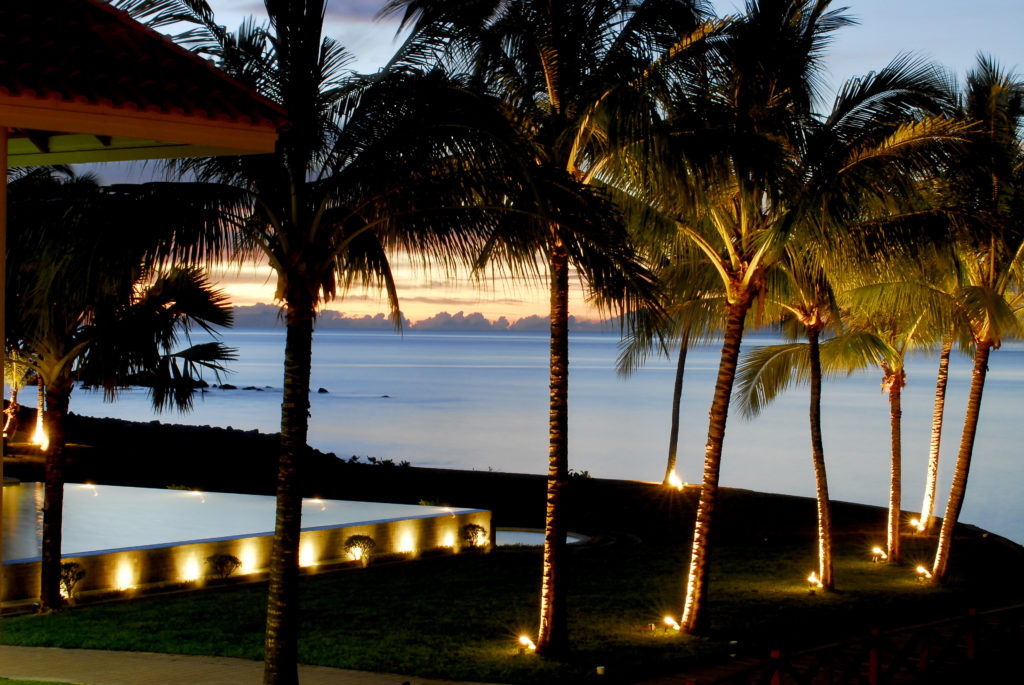
Sarawak’s indigenous tribes
Sarawak has a total of 26 different tribes. The largest tribe, the ‘Iban,’ makes up almost 40 percent of Sarawak’s population. The next largest groups are the ‘Bidayuh’ and ‘Orang Ulu.’ These three tribes once were fierce headhunters, especially the Iban tribe. In their past beliefs tribal people thought magical powers emanated from severed heads and so taking the head of an enemy or after a battle was an important rite of passage and source of honour. Headhunters were quite competitive in the pursuit of their trophies. Nowadays, the headhunting tribes are peaceful, law-abiding citizens.
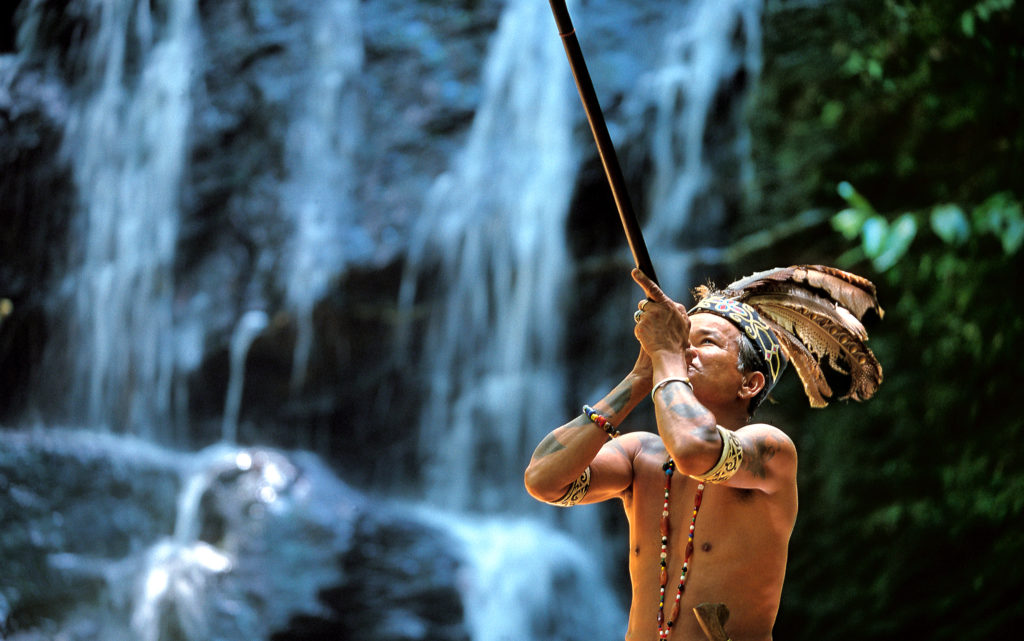
Traditional Longhouses
The tribals live in close communities maintaining traditions of their accommodation system, called ‘Longhouse.’ This form of communal living encourages sharing among its members, who live virtually in the same house: the homes of as many as a hundred members all are connected to one extended housing structure. The back of a longhouse typically opens toward the river, to allow easy access for fishing, laundry, and transportation.
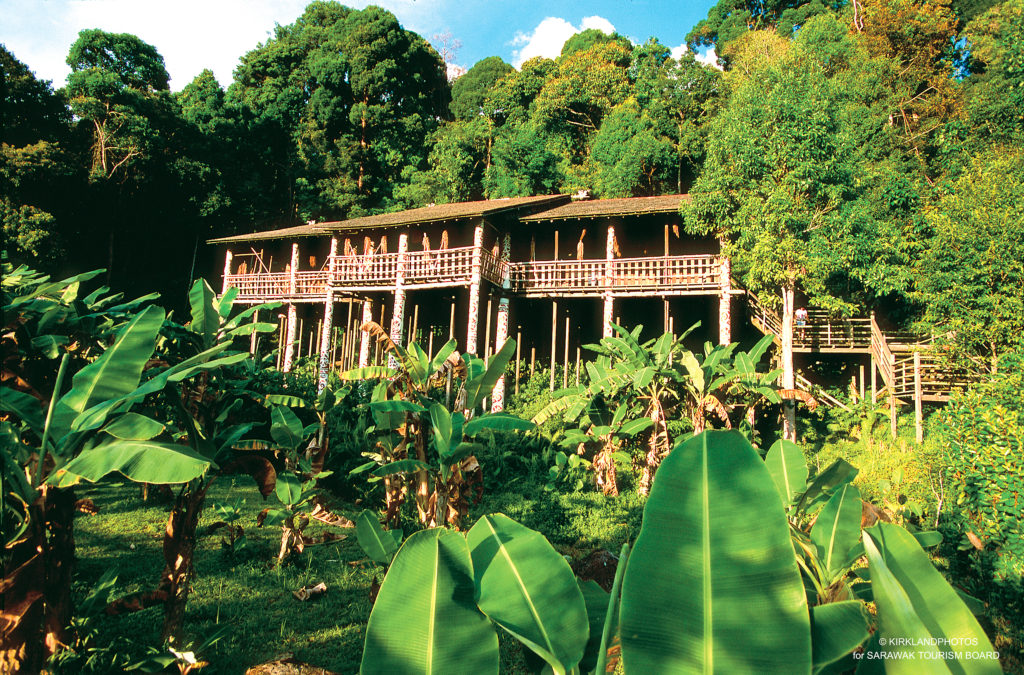
During Gawai Dayak festival, it is customary to visit longhouses, which usually are upriver and in the confounds of the rain forest, take gifts, and share a glass of ‘Tuak’ or home brewed rice-wine. I was looking forward to this, as I was visiting one of the most famous longhouses in the area: the Batang AI Iban Longhouse. Batang AI is about 3.5 hours from Kuching. The drive is pleasant and takes you through Sarawak’s rice plantations and pepper fields. The drive is through the town of Sri Aman, where the local market is a great way to stretch a leg and get a bargain. The market sells local fruits and vegetables, meat, seafood, and snacks.
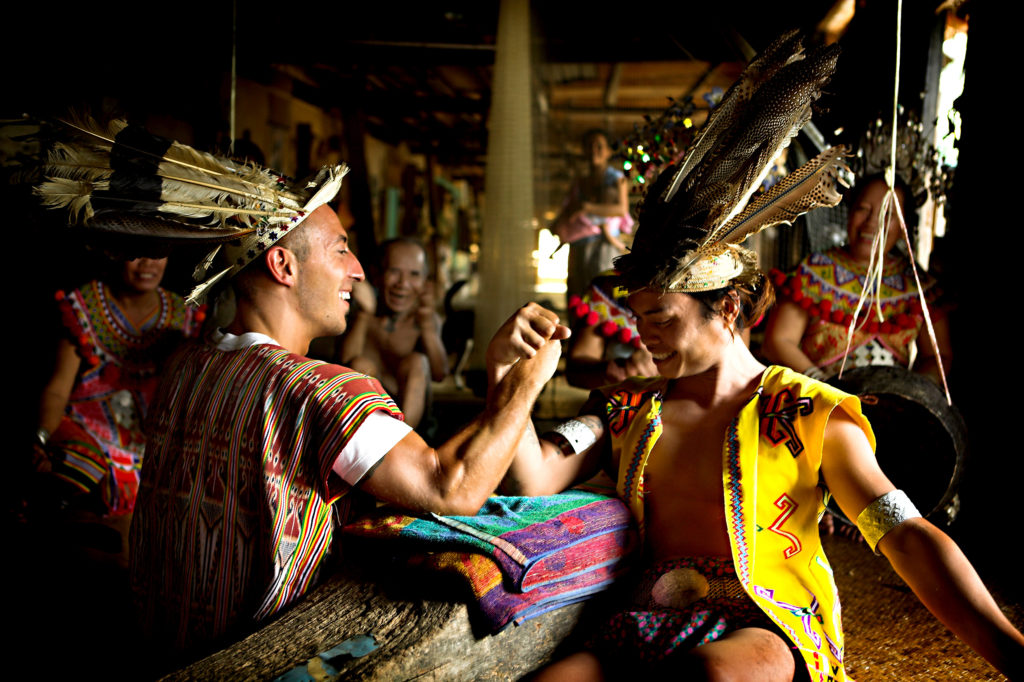
Batang Ai
In 1985, with the construction of the Batang Al hydroelectric dam, an artificial lake with a surface area of about 8500 hectares was constructed. The dam today generates 60 percent of the energy requirements of Sarawak. As the water level rose to more than 60 meters over the original river level, 26 longhouses went underwater, with most of the Ibans moving to resettlement schemes.
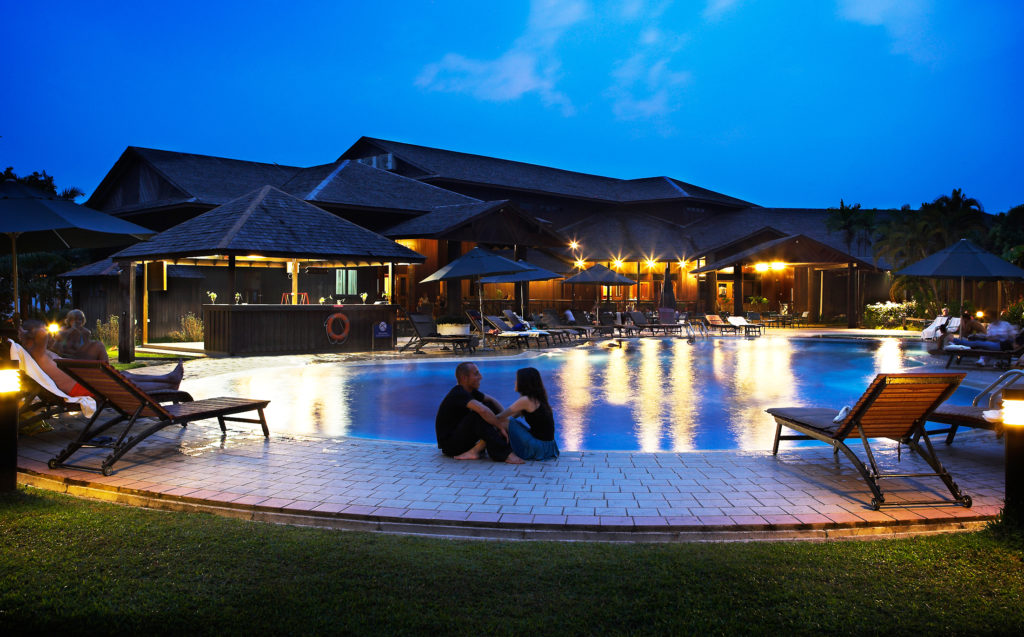
The Hilton Batang AI resort is constructed as a longhouse on one of the islands on the lake. My trip to the Iban longhouse is one of the most memorable experiences I’ve had. The way to get to the Iban longhouse is by ‘longboats’ which are sleek boats made of wood with outboards that power their way upriver. These longboats come to pick up visitors from the Hilton resort too. It was a bright sunny day as I made my way down the jetty from the resort for my cruise to the longhouse. My guide was loading gifts in the boat that we had purchased to offer to the Iban people. I climbed in the narrow boat that started to trudge its way upriver. Reaching the longhouse, we made our way up to the main verandah and we were cordially welcomed by the patriarch of the longhouse. The tattooed wise old man was the chief of the longhouse. As we entered the longhouse, our guide showed us the different houses within the longhouse and the ethos of communal living where peace and patience are key to a harmonious way of life.
Celebrating Gawai Dayak
As a mark of Gawai Dayak, Iban tribals put up a cultural performance and we handed over gifts as a sign of gratitude to the chief of the longhouse.
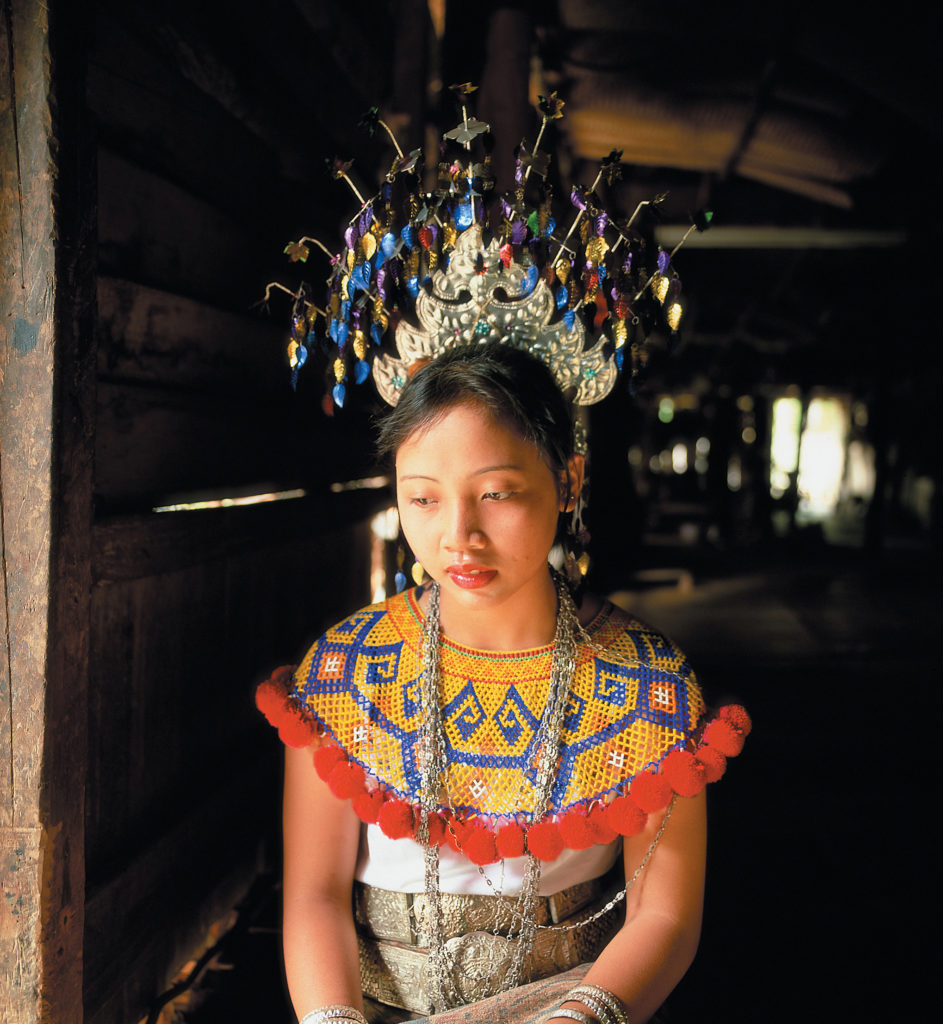
Another tradition of Gawai Dayak is tasting home brewed rice wine. It was interesting to note that the taste of the rice wine was different every time a new bottle was opened and was so because different houses have different recipes to brew their wine. Some are sweeter and some are sour; some are more intense, and some are easy drinking. Lunchtime was on a rainforest island where the Iban people cooked local vegetables, chicken in bamboo shoot, and of course lots of rice wine. The Batang AI National Park, which was gazetted in 1991, is home to the orangutan – one of the world’s most endangered species of primates. It also is home to protected species like gibbons and hornbills.
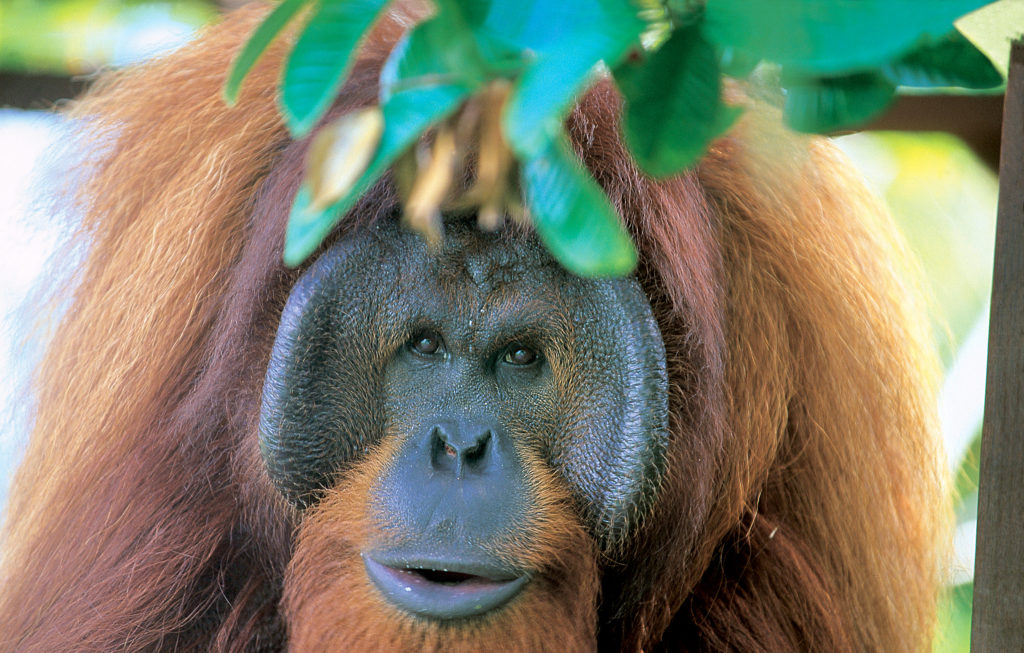
Bako National Park
One of the most intriguing national parks is the ‘Bako’ National Park: 8,996 hectares of gazetted national park where the flora and fauna is unique and heavily protected. On the tip of the South China Sea, the Bako National Park is a must visit when in Sarawak. A walk across the suspension bridge leads to the entrance of the park through mangrove forests. One feature of coastal Sarawak is the muddy rivers that flow from the park’s interiors. The stream water here is tainted orange from the natural tannins of that area found in the peat swamp forests. The most popular trail in the park is the 30-minute walk to the viewpoint located in the rocky sandstone foreshore of the South China sea.
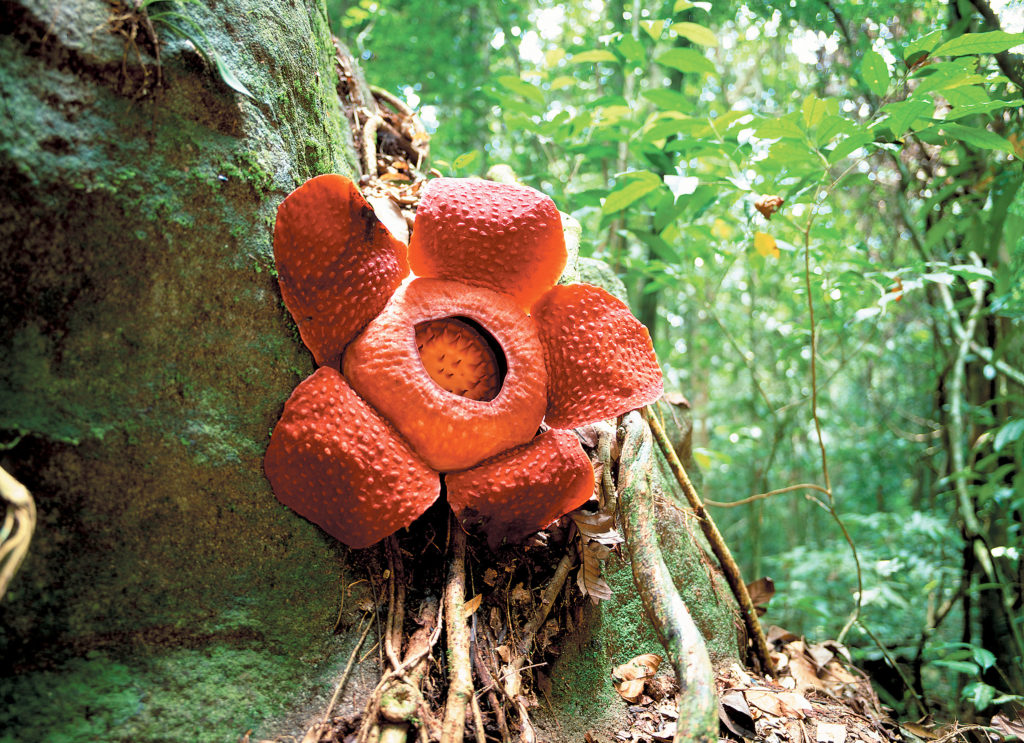

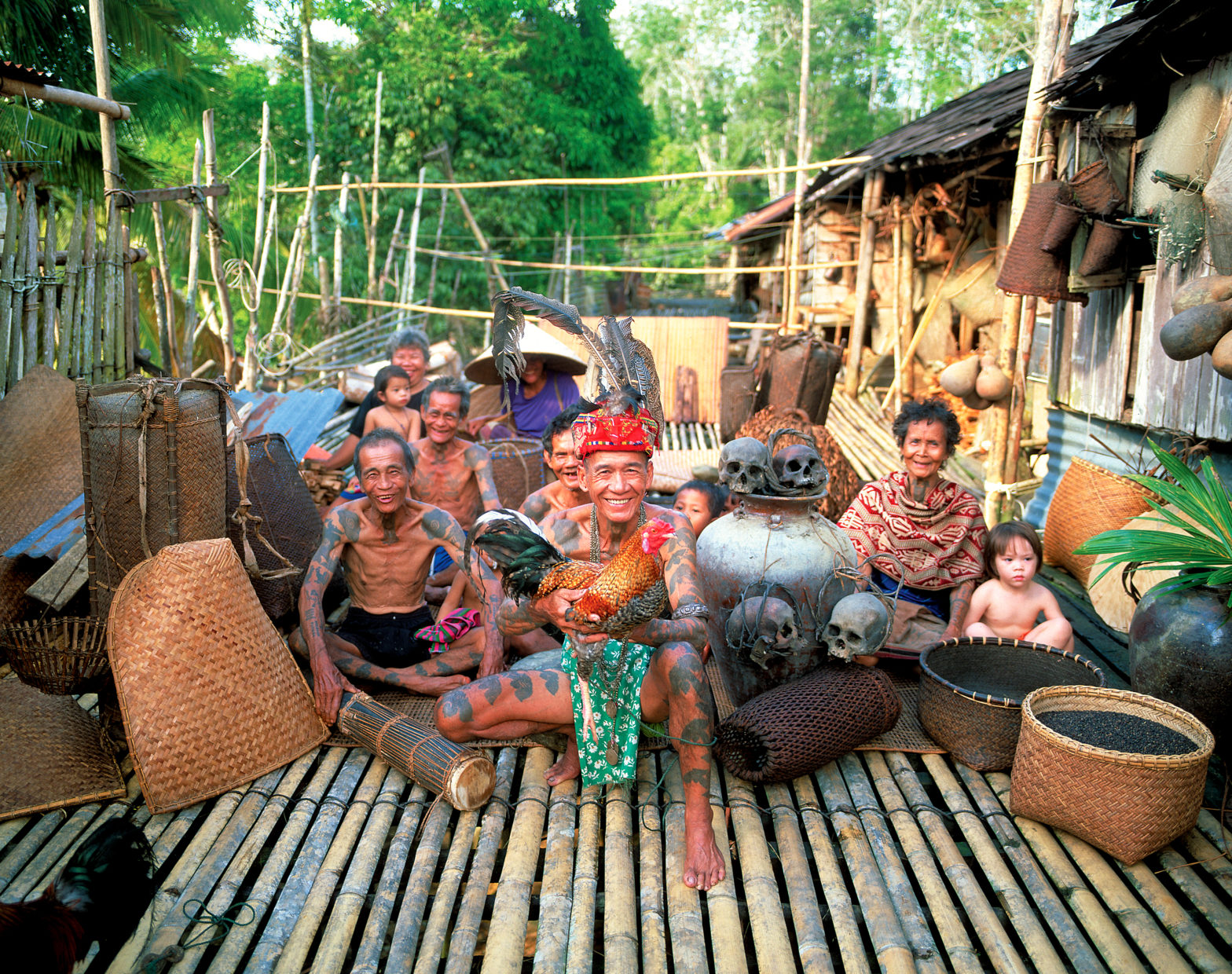

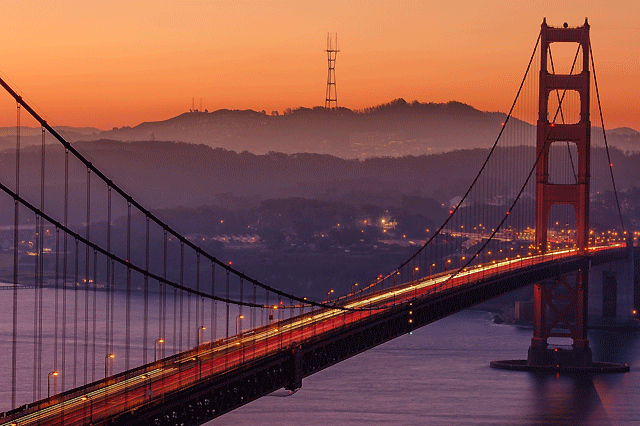
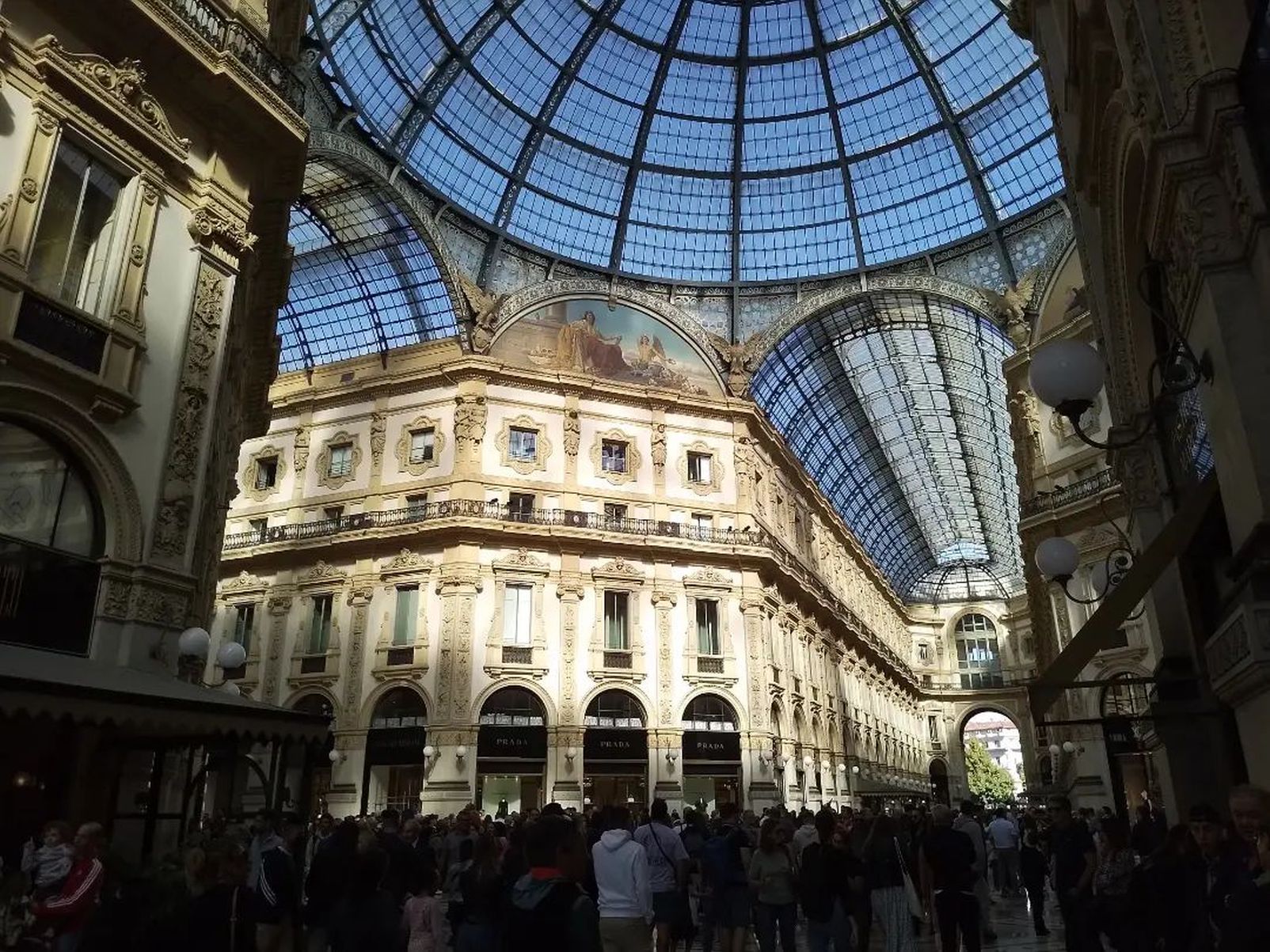
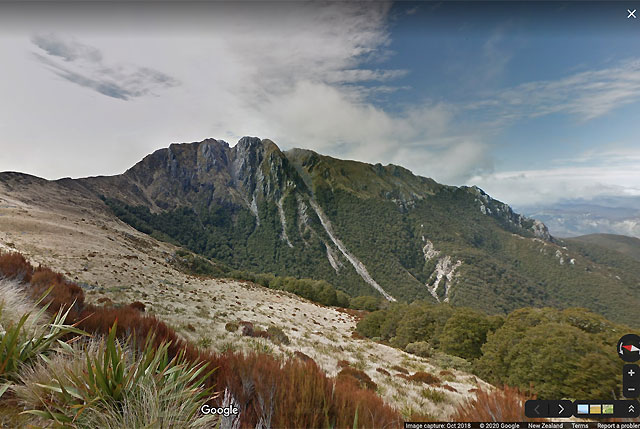

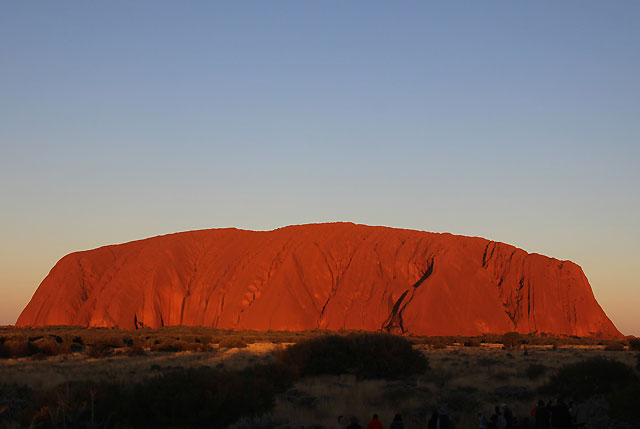


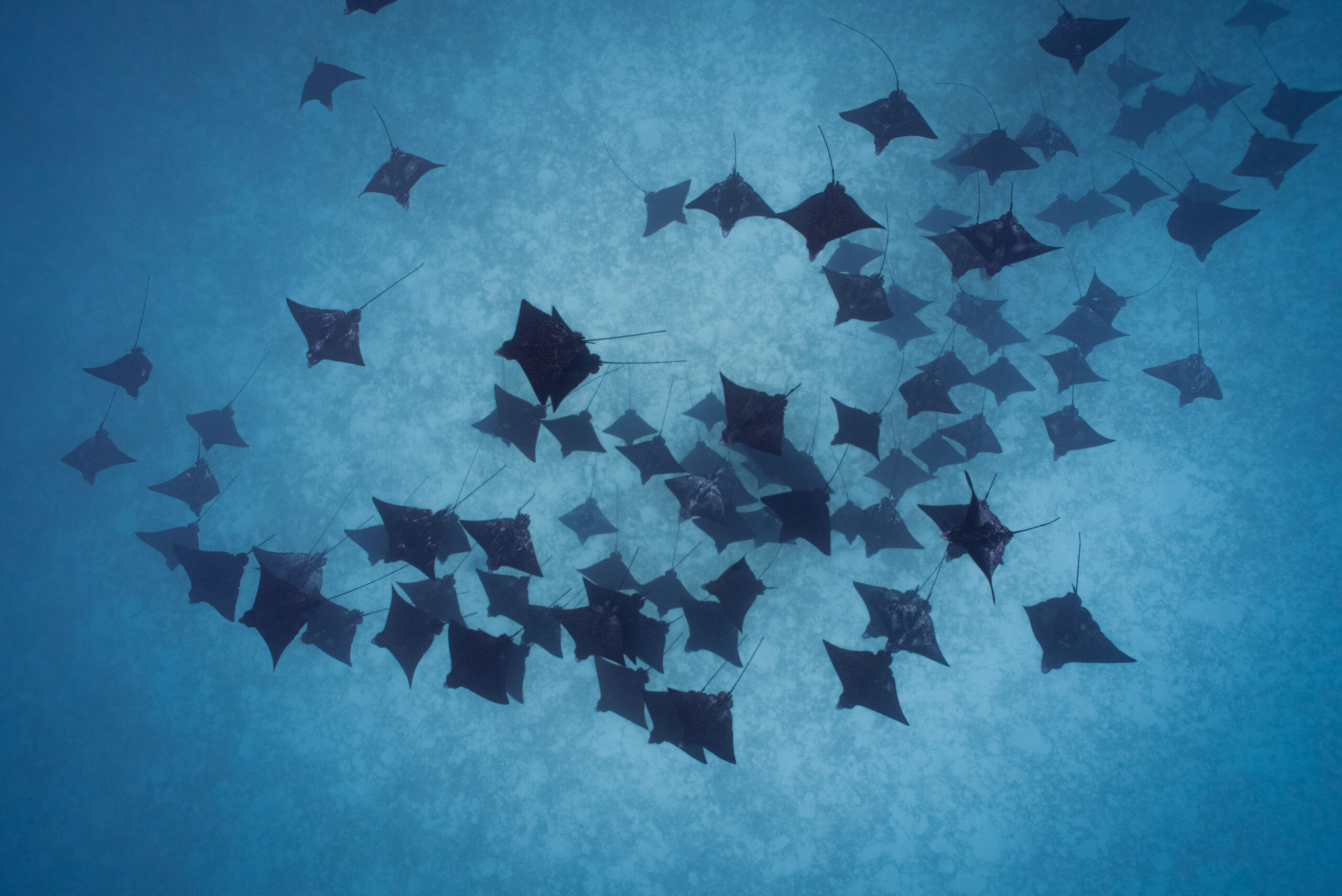

Recent Comments